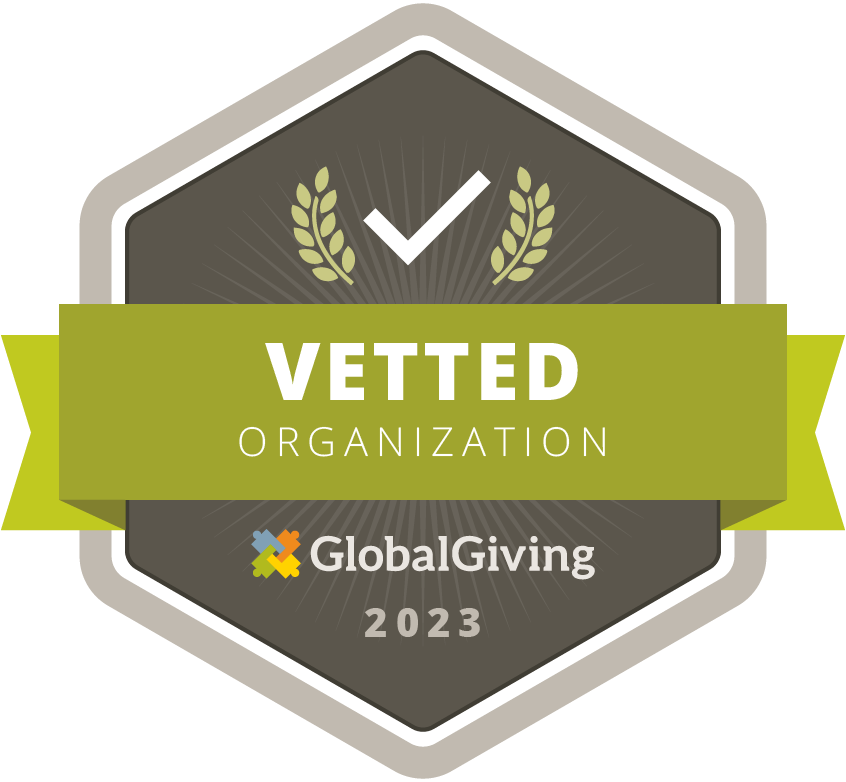All-Female Leadership Shatters Notion of Glass Ceiling
Providing Healing, Promoting Hope is the theme for Women’s History Month 2022. To honor the women who help us heal when we struggle, who provide hope when we need it most or who inspire us somewhere along the way, Give an Hour is featuring women, mental health and their personal journeys in a blog series this month. Please enjoy the third and final blog below.
 To dig deeper, we explore the intersection of women in leadership and women in mental health. As women navigate their careers, cultivate their purpose and look to balance many competing priorities, it can be helpful to hear from female leaders about their journeys. There is no better place to turn for this than the Give an Hour leadership team – this is a group of all-female leaders who are making an incredible impact on individual lives and the broader mental health landscape.
To dig deeper, we explore the intersection of women in leadership and women in mental health. As women navigate their careers, cultivate their purpose and look to balance many competing priorities, it can be helpful to hear from female leaders about their journeys. There is no better place to turn for this than the Give an Hour leadership team – this is a group of all-female leaders who are making an incredible impact on individual lives and the broader mental health landscape.
We caught up with Give an Hour’s Chief Executive Officer, Dr. Trina Clayeux, and Chief Operations Officer, Jessica Grove, to hear their thoughts on valuing their contributions, harnessing passion for their work, setting a balanced example and managing an equally amazing group of female leaders. We hope you find their grounded and honest perspectives valuable.
Question 1: We’re excited to learn more about your experience as a female leader at Give an Hour. First off, can you share a little bit about some of the guiding forces in your life, like your professional and personal priorities?
Dr. Trina Clayeux: A critical component of leadership is the ability to stay true to your personal and professional north star, which informs all aspects of my interpersonal relationships and business decisions. I find that this clarity keeps me centered and energized and works as a guide through difficult times.
Jessica Grove: I was raised in a family of dynamic and powerful women that prioritized family, community, volunteerism and integrity. Those are guiding forces and values that are ingrained in me. With that in mind, my personal and professional priorities are very similar – I want to support and empower others to be able to best use their superpowers for the greater good. Personally, that is with my kids and my community. Professionally, that is with my colleagues. The through line between the two is my take on something I once heard from psychologist and author Alison Gopnik: At both home and work, I strive to be a gardener – not a sculptor. I don’t believe in molding or shaping people, but instead providing a protected space for them to explore and be who they were meant to be.
Question 2: Women in the workforce face many challenges. As you’ve ascended through your career, you may have faced many, too. Can you share an example of a challenge you faced that could be common to other women and share your experience on how you moved past it?
TC: As I advanced through my career, I, like many other women, experienced what is now known as imposter syndrome. You’re doing the work and excelling and everyone around you knows it – you know it – but it seems like it’s never enough. You make up stories and create imaginary barriers to make sense of it – too young, too old, not enough education, wrong degree and on and on. When, in fact, you are more than enough. As my mentor likes to say, “Remind yourself the room is more interesting because you’re in it.” Affirm yourself early and often and direct your time and energy into the essentials to be successful in your field. And surround yourself with women who believe in you.
JG: The challenge I faced most often and still struggle with at times is allowing others to underestimate my value and then in turn devaluing myself. One of the ways I’ve moved past this is surrounding myself with people who lift me up. This isn’t always possible in every facet of life, but I think finding your people – the ones that see AND value your contributions – at both work and at home is the key for me.
Question 3: It can be a delicate balance working for a company like Give an Hour, that does so much good for others, while setting boundaries for your own well-being. Can you share your strategies for promoting your own mental health and well-being while having so much passion for your work?
 TC: I think most of us agree it can be a challenge to prioritize your mental health, especially when so much of your passion is directly tied to helping others. I find that consistency with my physical fitness has the most direct impact on my mental health and wellness and therefore is my one nonnegotiable self-care practice. As a result, I am more present and have more energy to do all the things I love.
TC: I think most of us agree it can be a challenge to prioritize your mental health, especially when so much of your passion is directly tied to helping others. I find that consistency with my physical fitness has the most direct impact on my mental health and wellness and therefore is my one nonnegotiable self-care practice. As a result, I am more present and have more energy to do all the things I love.
JG: This is a tough one and something that is a constant work in progress because I love to work. I’m also extremely lucky to have found a job that doesn’t always feel like work because I love it so much. So, setting boundaries is something I have to be very intentional about. Some of the ways that work for me are setting a routine around scheduled time with family and friends, setting realistic expectations for myself and my team around the work and (the hardest one for me) asking for help or a break when I need it.
Question 4: Similarly, it appears the team at Give an Hour feels that same passion for the work you all do. Can you share some strategies you use to promote well-being among your team, both direct reports and the broader company?
TC: It may be from all the years as a military spouse, but I am a firm believer in leadership prioritizing the care of their team and, in turn, the team will take care of those you serve and the organization as a whole. A culture of wellness is like any other organizational strategy – informed, achievable and measurable. And always, always, family first. We recently incorporated additional paid time off, floating holidays and paid parental leave, as well as extended time off over the winter holiday, in response to our team’s input. We continue to ask-listen-do to ensure every team member can prioritize their mental and physical well-being in order that they can continue to perform this life-changing work.
JG: Right now the thing I am trying to do the most is lead by example. It’s one thing for me to remind folks to take down time, but I think if they see Trina and I taking down time ourselves the message comes across more clearly that not only is it okay, but it is encouraged and a priority for Give an Hour.
Question 5: Finally, it is so important to celebrate the all-female leadership team at Give an Hour. Can you talk a bit about what it has been like to build that team and watch it succeed?
TC: Women-led teams tend to create purpose-driven environments where everyone has the opportunity and support to thrive. I appreciate that our leadership team takes a collaborative approach to the work and encourages flatter decision-making across the organization. This team genuinely cares that each of us is successful as that success directly contributes to the betterment of those we serve. It isn’t always easy yet it is essential for us, as a team, to grow our impact.
JG: I have been with Give an Hour since early 2009 and began my time here in an entry level administrative role. Most of our leadership team has also been with Give an Hour for many years and began in non-leadership roles. It has been the privilege and highlight of my career to grow with this company while also cultivating that growth in my female colleagues. It goes back to being the gardener and seeing the potential in each of these women to take Give an Hour into the future as a thought leader in the mental health nonprofit world on a national stage. I could not be more excited about that future or more humbled to be a part of it.
As a woman, the journey to becoming a leader may not always be a smooth one but with others paving the way it’s not impossible. We hope you learned a valuable nugget or two that will be helpful in your path to success in the workplace.




